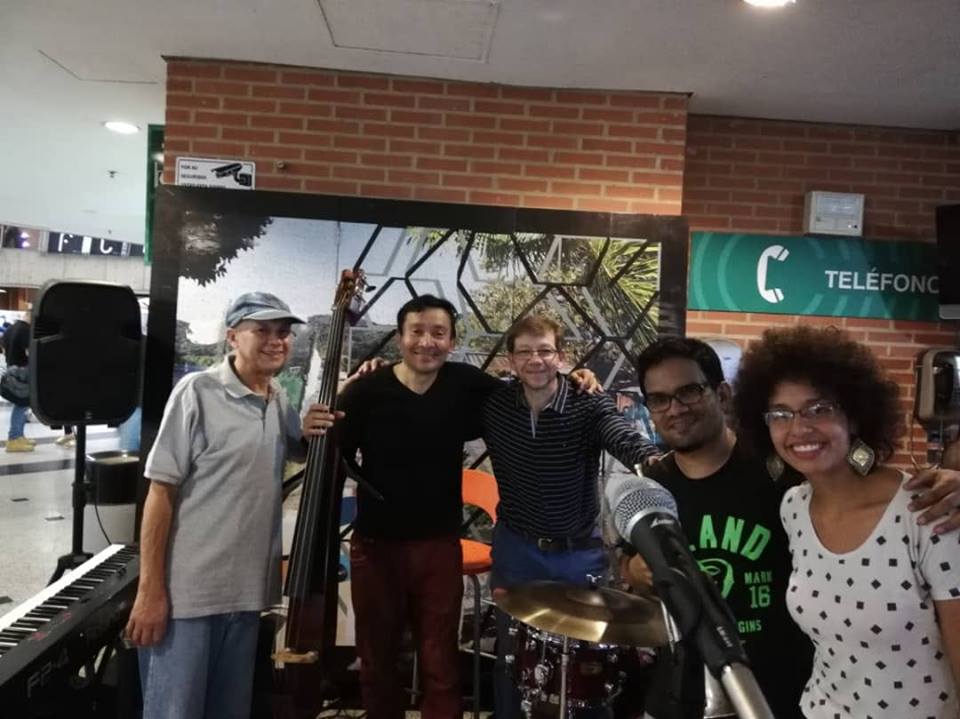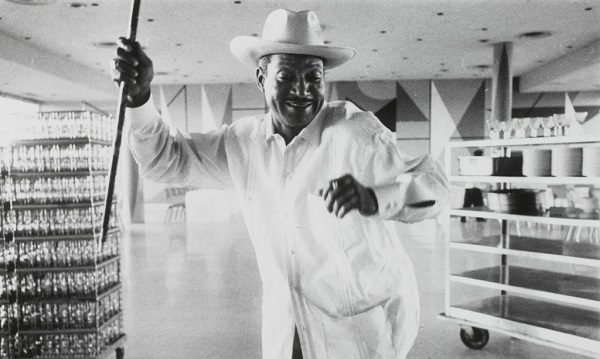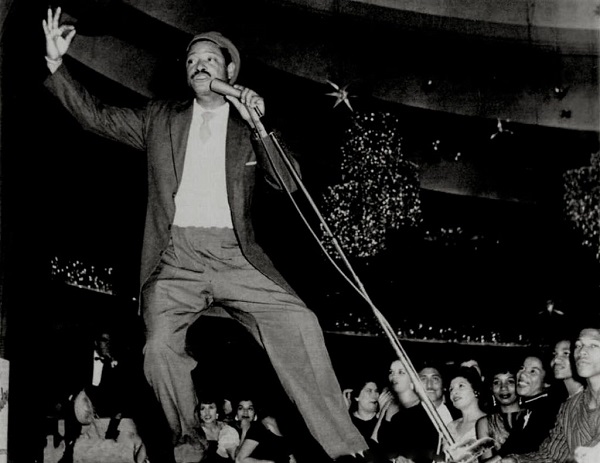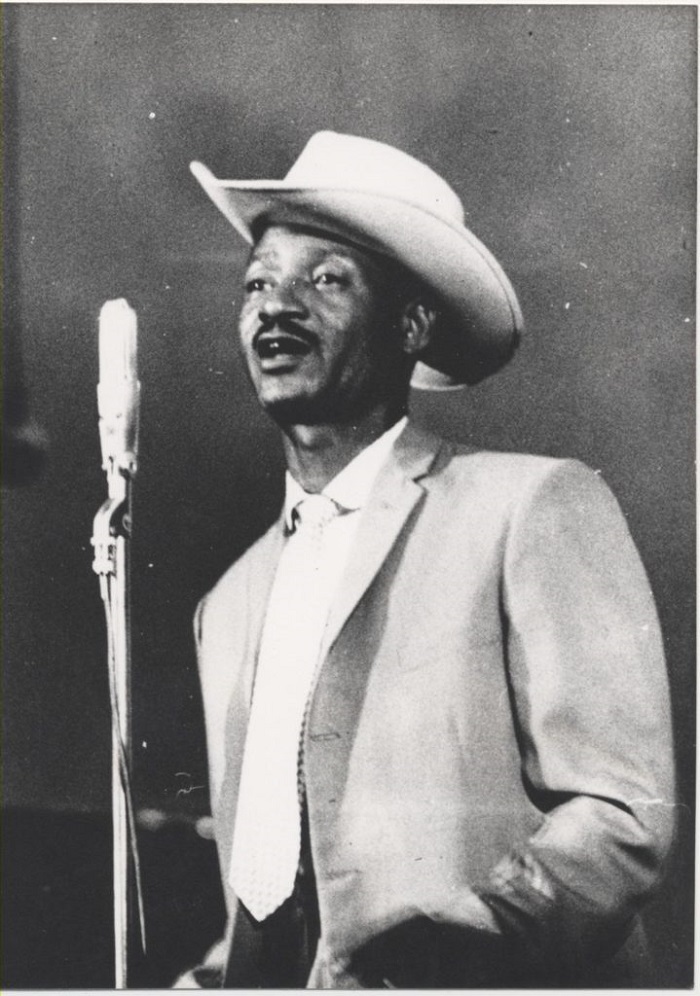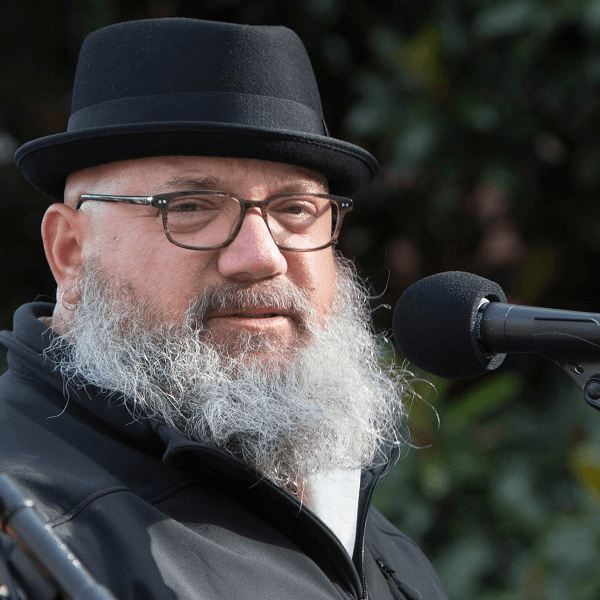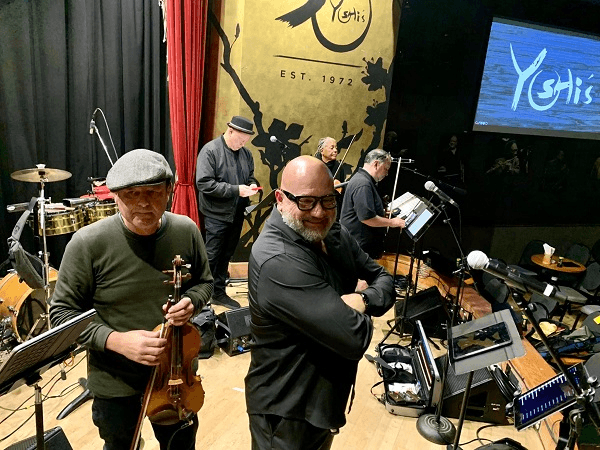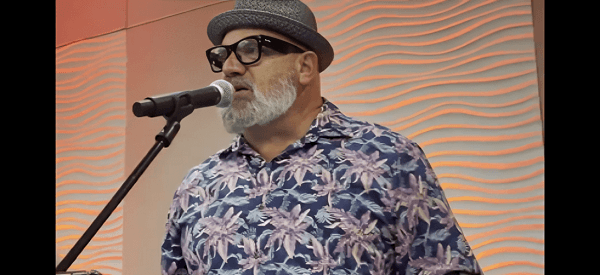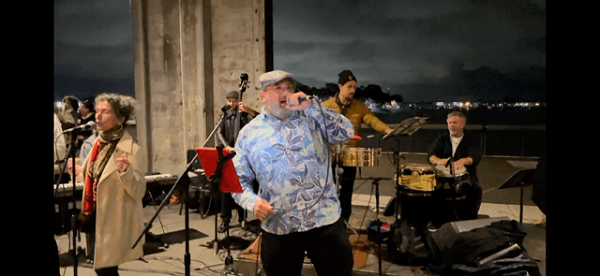North America / USA / Las Vegas
19th Annual Latin Grammy Awards. The most important award ceremony of the Latin American Music Industry will be held for the fourth time in Las Vegas, Nevada
The main international event in Spanish that brings together the best of Spanish-speaking music reaches its nineteenth live broadcast, from the MGM Grand Garden Arena in Las Vegas, Nevada for the fourth time, to reward and honor the achievements of professionals of music throughout the year. The ceremony of the 19th Latin Grammy Awards is here, and on November 15 you will be able to enjoy it through the Univisión signal for the United States and with the #LatinGrammy you will be able to follow it minute by minute during its three hours of transmission by all social networks.

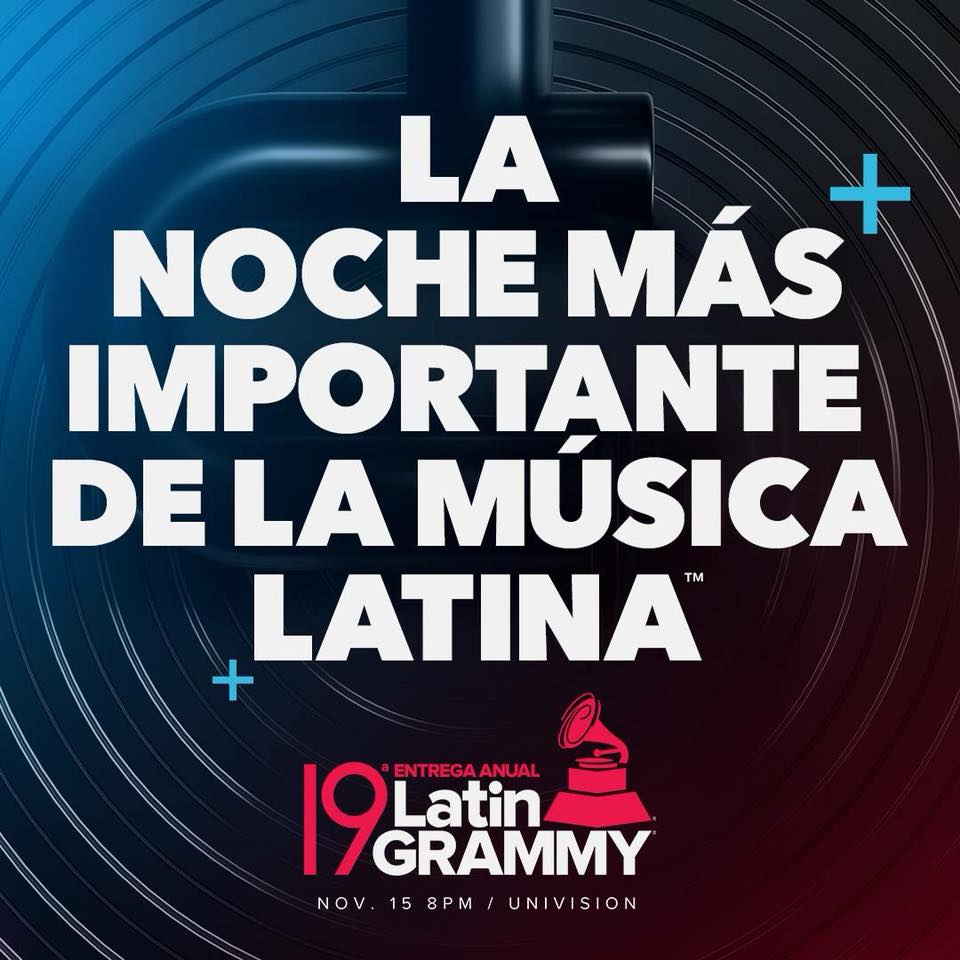

Each year the Latin Recording Academy awards recognition to Latin music in 49 categories for work recorded in two languages: Spanish and Portuguese. This prestigious institution also endorses musical genres, identifies new talent, recognizes legendary living artists, and preserves and archives both recordings and videos in order to preserve the valuable Latin American musical culture.
The global impact that Spanish-language recordings have caused this 2017-2018 has proven once again that this year each category will be close to its maximum exponential, which shows that MUSIC made by Latinos has an enormous export capacity, and further evidence that the Latin Grammy awards continue to be one of the specials with the largest audience in the country, as it integrates the largest audience of diverse generations united to witness the annual event with the greatest presence of artistic talent gathered in the same show.
FOR THIS 19TH AWARD OF THE LATIN GRAMMYS, THE NOMINEES ARE:
BEST SALSA ALBUM
- Dancer’s Corner
Pete perignon
Record Label: Pete Perignon Music
“La Esquina Del Bailador” is the second production by musical director and master percussionist, Pete Perignon. This album contains five unreleased singles and five re-interpretations of classics. “Gotita Falling in Key” was his first promotional theme. This album released in 2017 has versions of classics with modern arrangements such as: “De Mi Para Ti” (Bossa recorded by Tito Puente and Santos Colón), “El Beso Discreto” original from the Cuban songbook Trio Matamoros, among many other original songs and versioned

- Village Singer
Alexander Abreu and Havana D’ Primera
Record Label: Páfata Productions
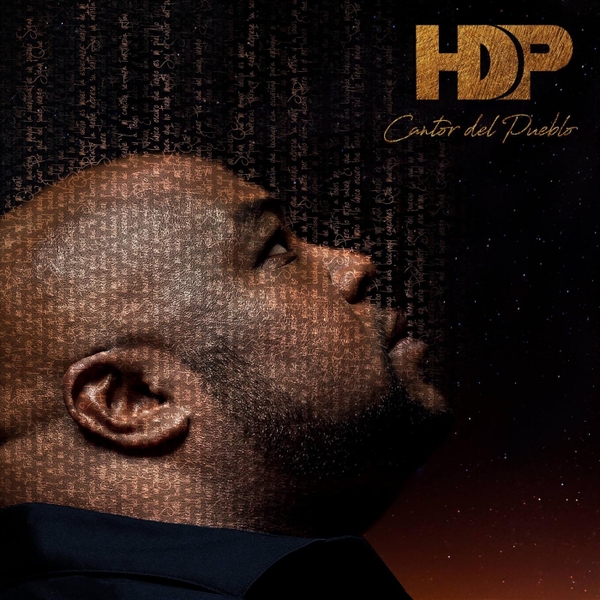
- For My People
Charlie aponte
Record Label: CA Records Inc.
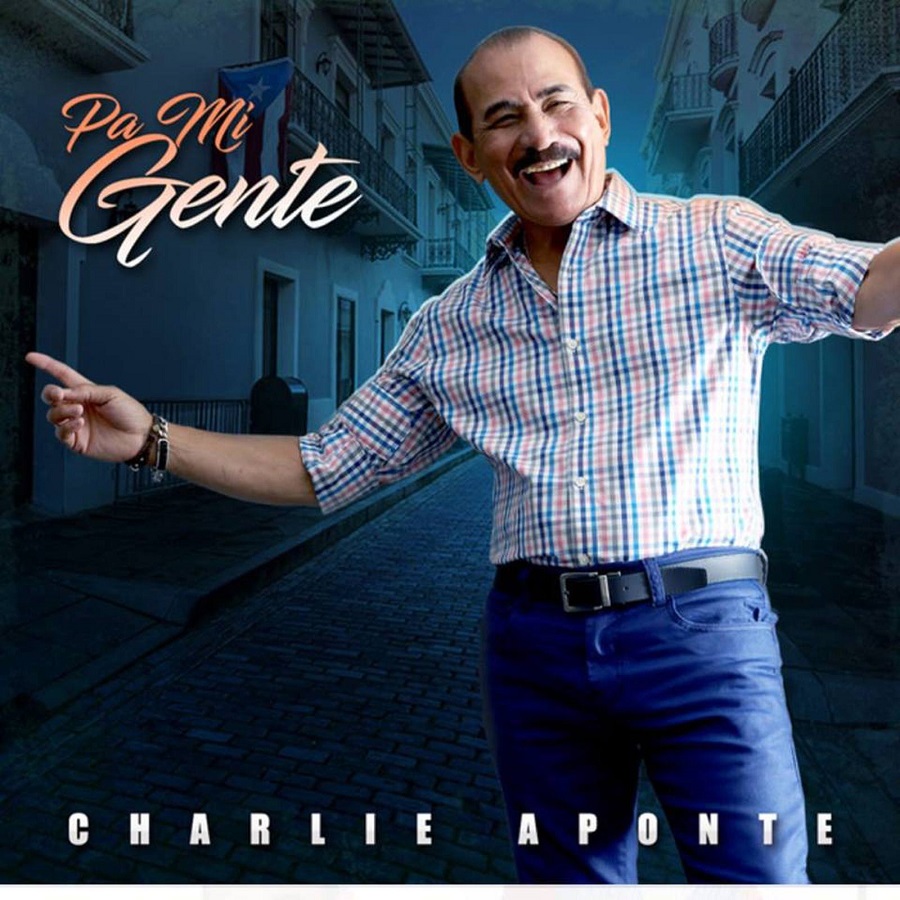
- The Sound Makers
Chiquito Team Band
Record Label: Planet Records

- 7/25
Victor Manuelle
Record Label: Sony Music Latin
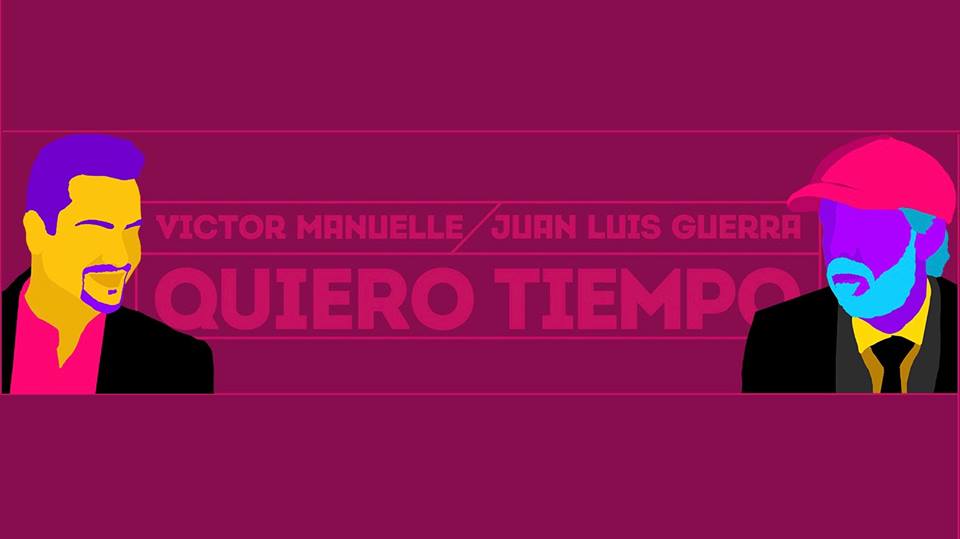
BEST TRADITIONAL TROPICAL ALBUM
- To Me What – Tribute To The Cuban Classics
José Alberto El Canario & The Santiaguero Septet
Record Label: Los Canarios Music
In this category, the Septeto Santiaguero, originally from Cuba, is nominated for its fourth album “A Mí Qué- Tributo A Los Clásicos Cubanos”. This ensemble founded in 1995 recorded this production in the company of the Dominican interpreter José Alberto “El Canario” and other music stars. This record material has 13 Tracks and was released on May 25, 2018.
- Medoro Madera
Rubén Blades With Roberto Delgado and Orchestra
Record Label: Ruben Blades Productions
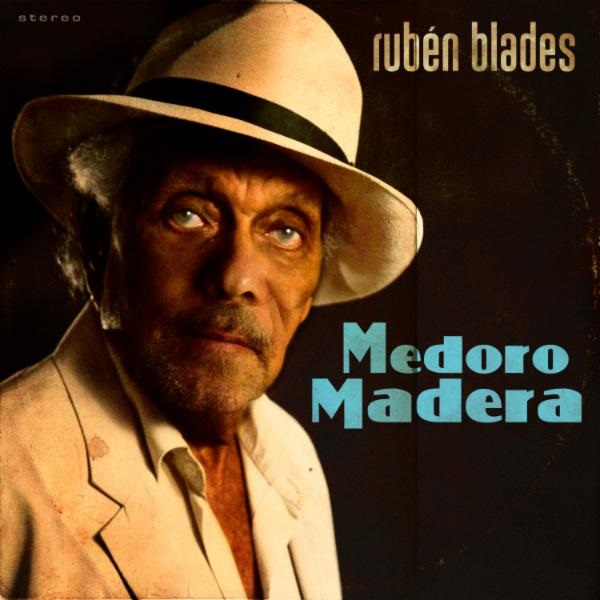
- The Party Continues
The Sonora Santanera
Record Label: Sony Music
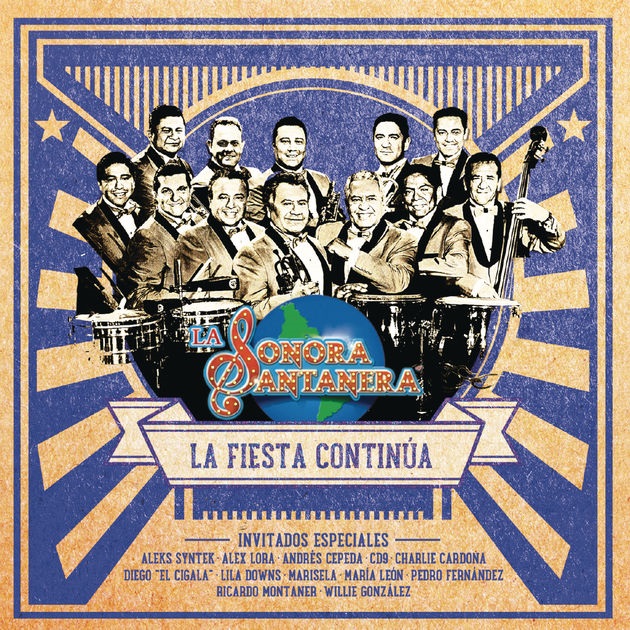
- Omara Always
Omara Portuondo
Record Label: Egrem
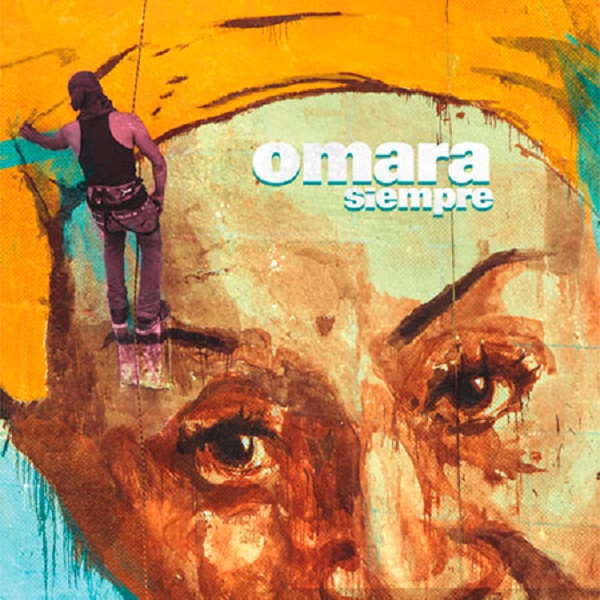
- Reasons
Maria Rivas
Record Label: Angel Falls Artists Inc.

BEST TROPICAL SONG
- I want time
Juan Carlos Luces & Víctor Manuelle, songwriters (Víctor Manuelle Featuring Juan Luis Guerra)
Cut off: 7/25
Record Label: Sony Music Latin

The prominent Puerto Rican singer-songwriter and producer, Víctor Manuelle, began his professional career in 1993, and to date has sold millions of records worldwide. He has earned 16 LATIN GRAMMY and GRAMMY nominations, thus establishing himself as one of the most admired artists of his generation. He has placed 46 singles on Billboard’s weekly Hot Latin Songs chart. Eleven of his albums have reached the place of honor in the Salsa genre for sales in the United States and Puerto Rico.
His hit “Imaginar” (2016) as a duo with urban artist Yandel, broke records, reaching #1 on the tropical charts thanks to his fusions of salsa with urban rhythms. In addition, it was named the most popular tropical song of that year, marking the third time that Víctor has obtained this important recognition, after his hits “Me Da Lo Mismo” and “ Tengo Ganas”.

In this 2018, Víctor celebrates his silver anniversary as a professional artist with his new record label “25/7” under the Sony Music Latin label. This album nominated for best Salsa album features collaborations with international artists, such as: Wisin, Bad Bunny, Juan Luis Guerra, Gilberto Santa Rosa and Glenn Monroig. The single “Quiero Tiempo” taken from this production is designated as one of the candidates to win the award in this important category.
- Marry Me
Silvestre Dangond, Nicky Jam, Juan Medina, Mauricio Rengifo & Andrés Torres, songwriters (Silvestre Dangond Featuring Nicky Jam)
Record Label: Sony Music Entertainment US Latin
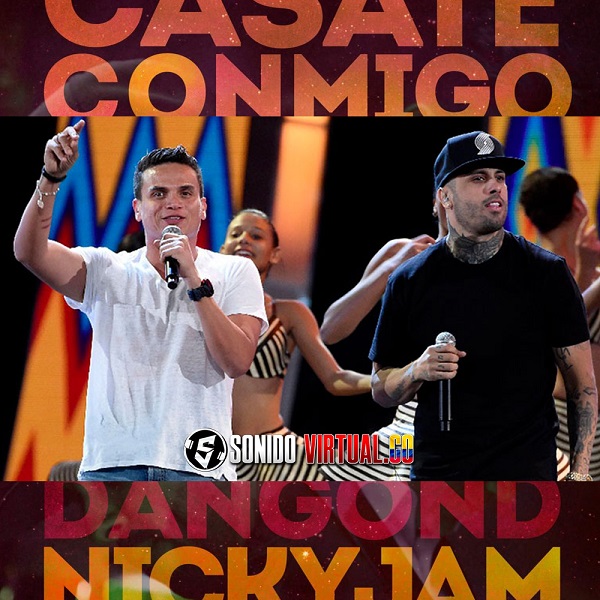
- Fall in love dancing
Jorge Luis Piloto, songwriter (Reynier Pérez y Su Septeto Acarey Featuring Gilberto Santa Rosa)
Cut from: Fall in Love Dancing
Record Label: Independent
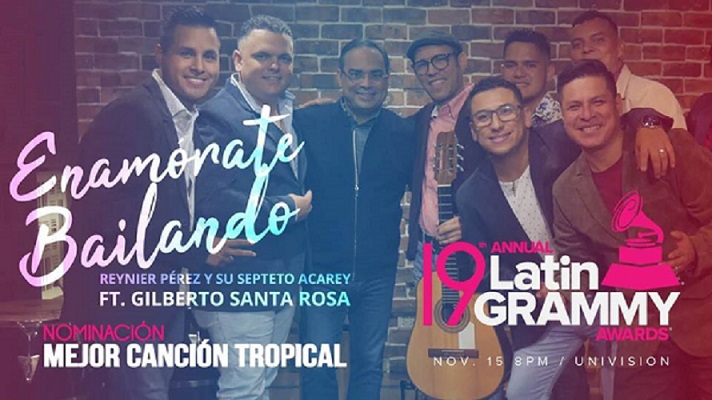
- I fall more in love with you
Jorge Luis Piloto, Jean Rodríguez & Tony Succar, songwriters (Tony Succar Featuring Jean Rodríguez)
Record Label: Unity Entertainment
- Simple Hearts
Fonseca, Mauricio Rengifo & Andrés Torres, songwriters (Fonseca)
Record Label: Sony Music Latin
BEST LATIN JAZZ/JAZZ ALBUM
- Mind of a Master
Bobby Valentin & The Latin Jazzists
Record Label: Bronco Records
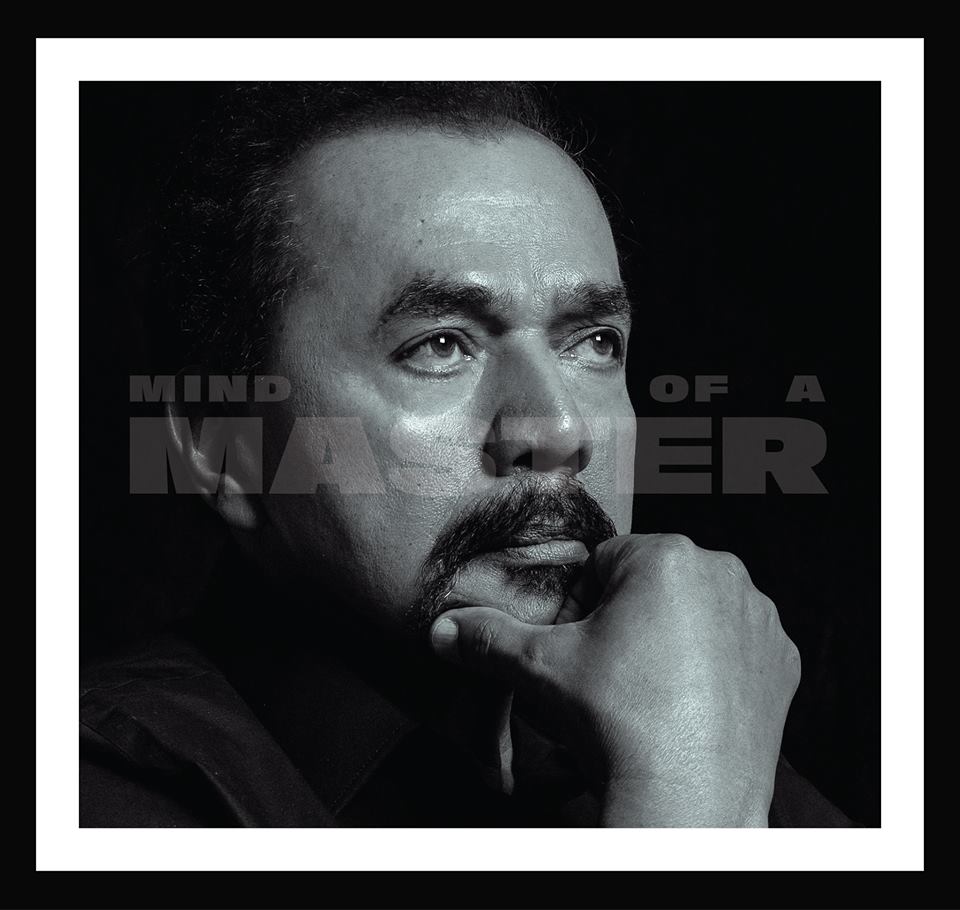
| Tracks: | |
| 1. De Nuevo a la Carga | 7.El Cumbanchero |
| 2. Latin Gravy | 8.Mellow Funk |
| 3.Orocoa | 9. Endless Love |
| 4.Smooth Ride | 10.Freedom |
| 5.Blast Off | 11. God Bless the Child |
| 6. Coco Seco | |
Roberto Valentin, better known as Bobby Valentin, was born on June 9, 1941 in the town of Orocovis on the island of Puerto Rico. At a very young age, Bobby learned to play the guitar thanks to the teachings of his father. At just 11 years old, he formed his first musical trio with which he won his first prize, after participating in a local competition. In 1963 Bobby Valentin joined the Tito Rodríguez orchestra traveling to Venezuela twice.
This phenomenal bass player and arranger belonged to the Fania All Stars for 20 years and also arranged music at the same time for celebrities such as: Charlie Palmieri, Joe Quijano, Willie Rosario and Ray Barretto.
In 1975 he formed his own record label “Bronco Records” and released the album, “Va a la Cárcel” Vol. 1 and Vol. 2, among others.
Over the years, Bobby has made collaborations on recordings for great artists of international fame, such as: Larry Harlow, Ismael Miranda, Roberto Roena, Cheo Feliciano and the always remembered, Celia Cruz.
Likewise, Valentin has taken over the stages performing live in the United States during this year, and more recently launched his new production “Mind of a Master”, on April 14, 2018, with which he is nominated. for this important award.
- The House Of A Jazz Pianist
Adrian Iaies Trio
Record Label: DBN
- Universal Nature
Hermeto Pascoal & Big Band
Record Label: Scubidu Music
- Back To The Sunset
Dafnis Prieto Big Band
Record Label: Dafnison Music
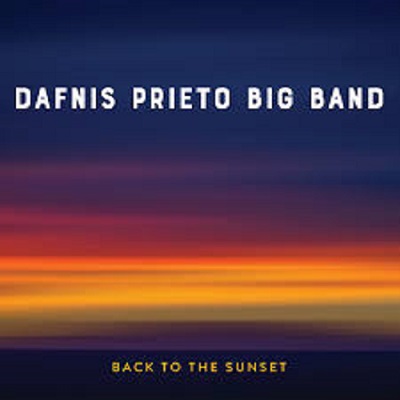
- Jazz Flute Traditions
Nestor Torres
Record Label: Alfi Records
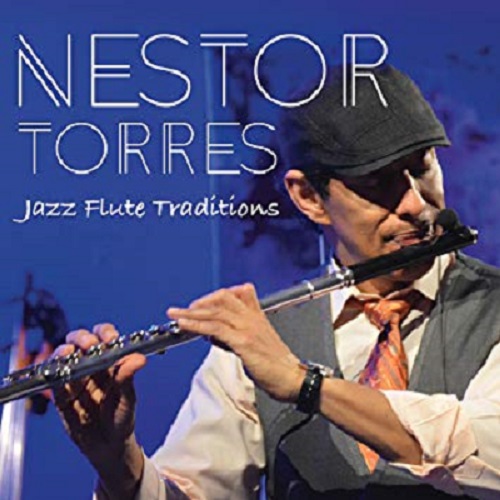
For more information visit the official website of the Latin Recording Academy:

